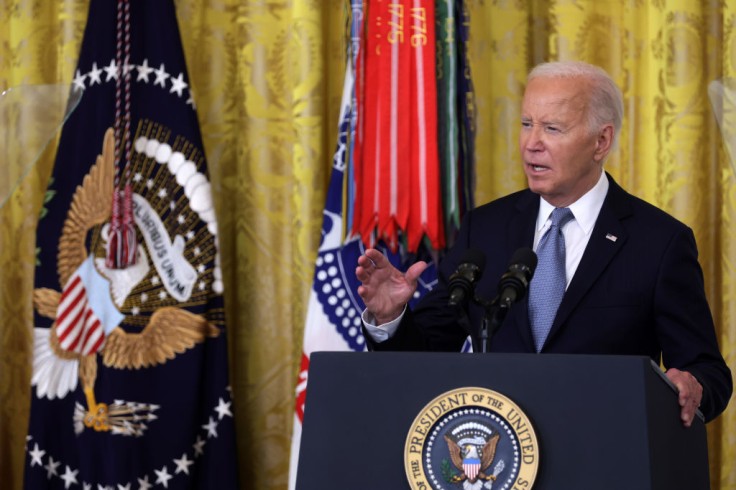
President Joe Biden on Friday issued a formal apology to Native Americans for the US government's role in creating and operating Indian boarding schools where thousands of Native children were abused and hundreds died.
During a speech in Arizona's Gila River Indian Community, Biden noted that while the US government closed the boarding school, it never offered an official apology for the abuses and the attempts at erasing the language and culture of the Native Americans---particularly American Indians, Alaska Natives, and Native Hawaiians.
"Quite frankly, there is no excuse that this apology took 150 years to make," he said. "No apology can or will make up for what was lost during the darkness of the federal boarding school policy."
Biden is the first president to visit tribal lands in 10 years.
How Many Native Children Suffered at Indian Boarding Schools?
The US government paid churches and religious groups to run Indian boarding schools between 1819 and 1969. During those years, it is estimated that at least 18,000 Native American children were taken from their families and forced to attend the schools.
The boarding schools aimed to erase the children's ties to their tribe and cultural practices. To do this, the schools would force them to use Anglicized names, cut their long hair, and beat them if they spoke their tribal language. Furthermore, the children were whipped, placed in solitary confinement, withheld food, and forced into manual labor, per Axios.
Investigations into the boarding schools that started in 2021 found that at least 973 Native children died while attending the boarding schools. However, it was noted that the actual number of children who died while attending the schools was likely greater.
The investigations interviewed hundreds of survivors who suffered abuse and malnutrition at the schools.
Funding Native Health Care and Infrastructure
Biden has recently announced $45 legislation that delivered $45 billion in federal money to fund infrastructure, internet, and clean water and health systems in tribal nations and reservations, according to a Fact Sheet.
The Gila River Indian Community, specifically, has already received over $80 million from the government to be used in building a pipeline that irrigates crops during drought.